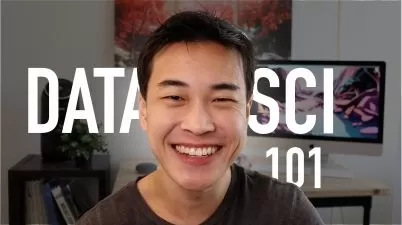Modeling Streaming Data for Processing with Apache Beam
Janani Ravi
2:27:08
Description
The Apache Beam unified model allows us to process batch as well as streaming data using the same API. Several execution backends such as Google Cloud Dataflow, Apache Spark, and Apache Flink are compatible with Beam.
What You'll Learn?
Streaming data usually needs to be processed real-time or near real-time which means stream processing systems need to have capabilities that allow them to process data with low latency, high performance and fault-tolerance. In this course, Modeling Streaming Data for Processing with Apache Beam, you will gain the ability to work with streams and use the Beam unified model to build data parallel pipelines. First, you will explore the similarities and differences between batch processing and stream processing. Next, you will discover the Apache Beam APIs which allow one to define pipelines that process batch as well as streaming data. Finally, you will learn how windowing operations can be applied to streaming data. When you are finished with this course, you will have a strong grasp of the models and architectures used with streaming data and be able to work with the Beam unified model to define and run transformations on input streams.
More details
User Reviews
Rating
Janani Ravi
Instructor's Courses
Pluralsight
View courses Pluralsight- language english
- Training sessions 32
- duration 2:27:08
- level preliminary
- Release Date 2023/12/08















